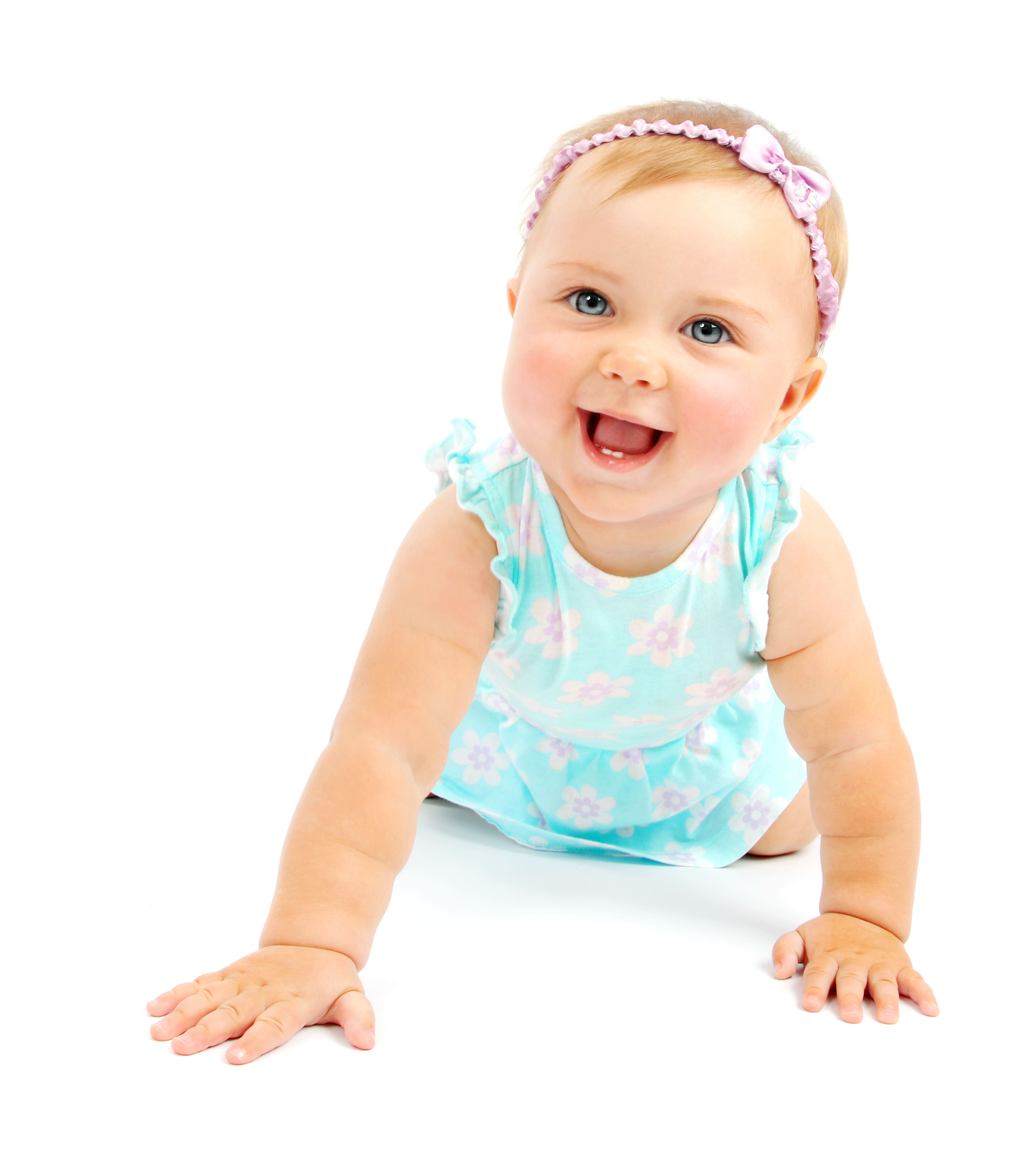It is exciting to see your baby’s pearly whites finally showing. Typically, babies start getting their teeth at six months. However, some babies begin to teeth at three months while others can begin as late as 14 months, especially babies who were born prematurely. The teething of babies, therefore, is not a uniform experience. What is certain, however, is that babies get their teeth in pairs. The first pair is likely to be the lower central incisors followed by the upper ones about a month later. The rest will always follow in pairs. By three, your toddler should be done teething. A child at three should have all 20 milk teeth.
Symptoms of Baby Teething
One definite sign of teething is seeing a baby’s pearly whites poking through the gum. Apart from that, there are some other signs to watch out for:
- Puffed up gums. A baby’s gums can look red, swollen and bruised when their teeth are about to start appearing. If your baby can open his/her mouth for you, you may be able to see the swollen gums and teeth faintly showing.
- The tendency to gnaw. Emerging teeth cause pressure on the jaws, and this can be relieved by counter pressure. If you notice your baby chomping on different objects, it may be his instinctive response to the new sensation of teething.
- Excessive drooling. Excessive drooling can be a sign of both a developmental stage and teething. Drooling may not necessarily herald the coming of a new tooth. The drool can cause a rash on the skin on the face and chest.
- Night-time fussiness. Tooth eruption happens in stages but most prominently at night. This is why your baby may become more irritable at night. The swelling and soreness of the gums at this time makes babies uncomfortable. You may notice this fussiness come about three to five days prior to teething and disappear as soon as the tooth appears. Surprisingly, some babies do not seem to be affected by teething.
- Changes in eating habits. Again, the issue of counter pressure applies here. A baby may want to eat more to experience a counter pressure effect while others may want to nurse or bottle-feed because spoons irritate their swollen gums. Those who are still breastfeeding may refuse to do so because sucking puts pressure on their ear canals and gums.
- Ear tugging. It is common to see a child who is teething pulling his/her ears. This is because the jaw is connected to the ear canal and the pain may get transferred. Caution should be taken, however, because tugging can also be a sign of an infection in the ear.
How to Help Your Baby through Teething
Children are all different, and while there may be several ways to help soothe teething pain, you may need to explore to find the best fit for your child. They include:
- Massaging. This may be good for your baby if the emerging tooth has not formed a bruise yet. Using a clean finger, gently rub into your baby’s gums continuously for about two minutes. Your baby may resist this during initial trials but later start finding it soothing.
- Using a painkiller. Ibuprofen and acetaminophen are ideal for helping painful teething in babies if taken within the recommended doses.\
- Distraction. You can distract your child from the pains of teething by offering a new toy or giving her/him more one on one time. Cuddle her/him more during this time. It will take the mind away from teething.
Sometimes, the signs of teething may be signs of illness. If your child has an unending fever that stays for a couple of days or if your child is tugging at her ears longer than her teething period, it may be best to consult a pediatric dentist. Also, if by 15 months your little one’s teeth have not appeared, you should seek the services of a pediatric dentist. If you are looking for a clinic qualified in children dentistry, you can consult us at Victory Cosmetic Dentistry because we have the best pediatric dentists in Reseda. If you are looking for a children dentist in Tarzana, feel welcome to schedule an appointment with us.





